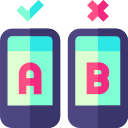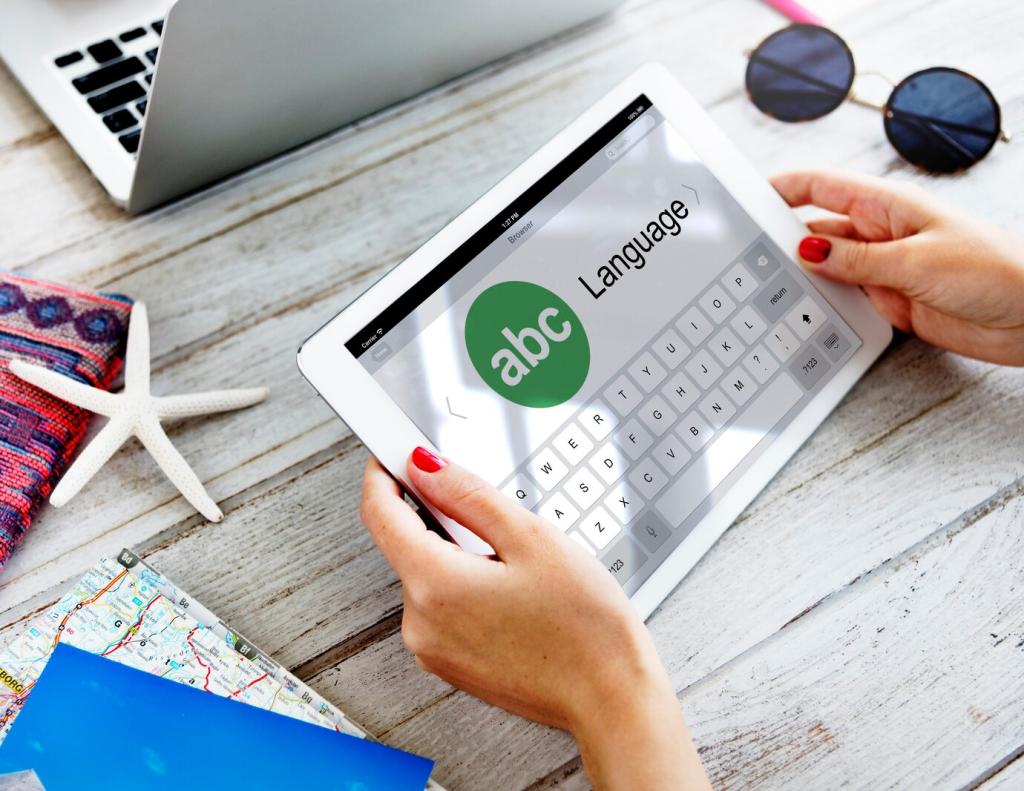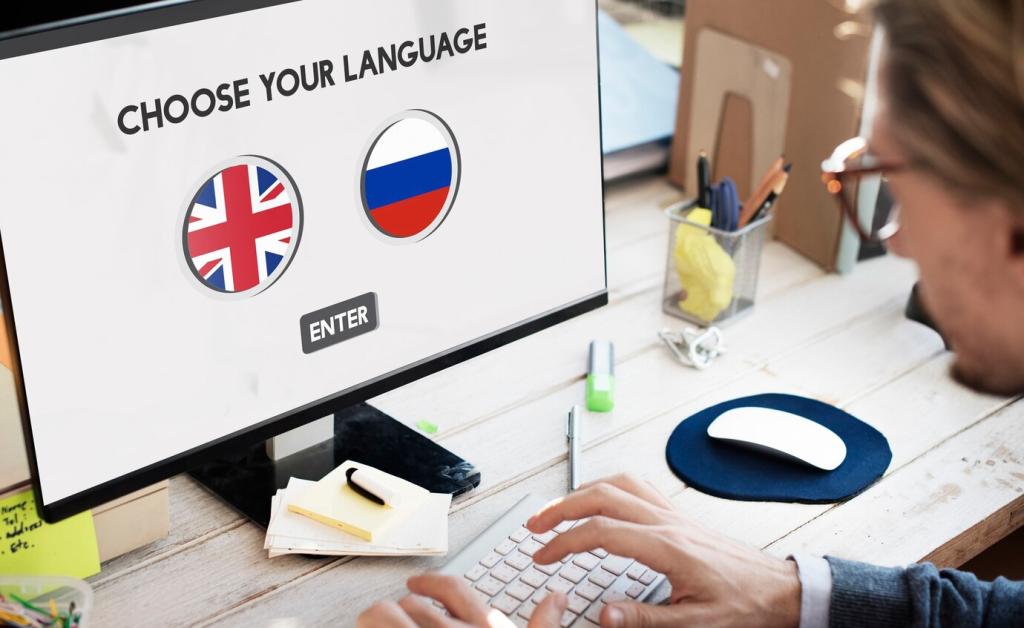Access and Equity: Removing Barriers to Great Teaching
Online tutors erase long commutes and open doors to specialists across time zones. Face-to-face remains essential for learners who thrive on physical presence. Tell us where you study from and what makes learning feel accessible, welcoming, and sustainable for you personally.
Access and Equity: Removing Barriers to Great Teaching
Late-night sessions after work? Lunchtime reviews between labs? Online formats adapt to life’s rhythm. In-person meetings anchor focus with predictable schedules. Consider your energy peaks and dips. Comment with your ideal session length and time-of-day sweet spot for deep learning.






